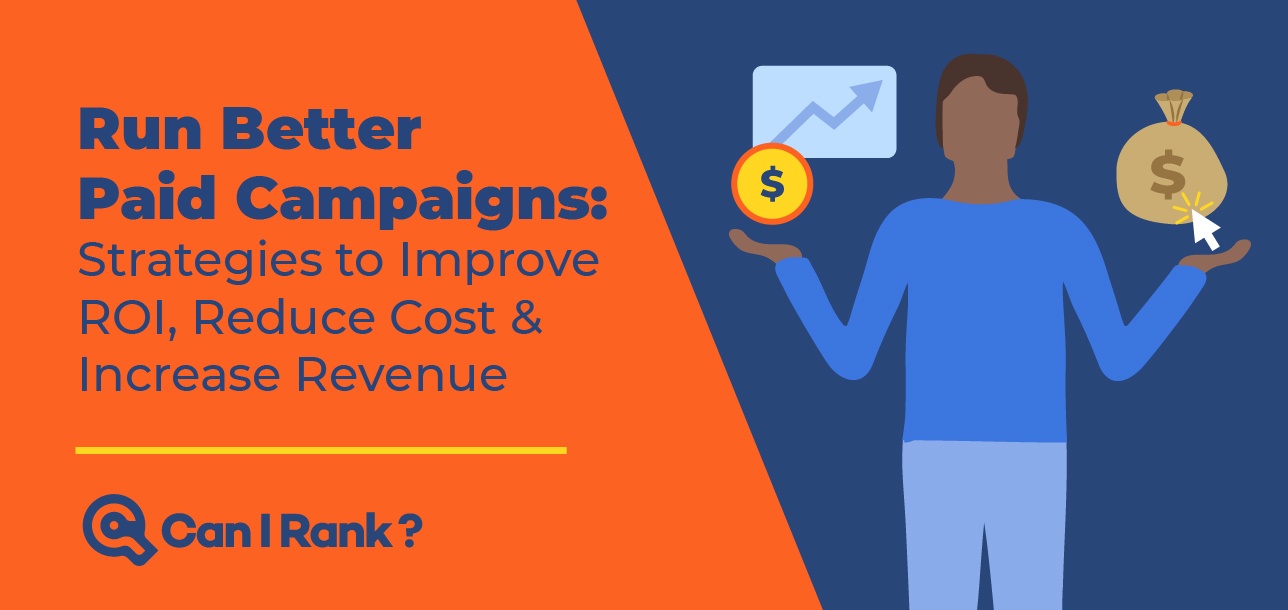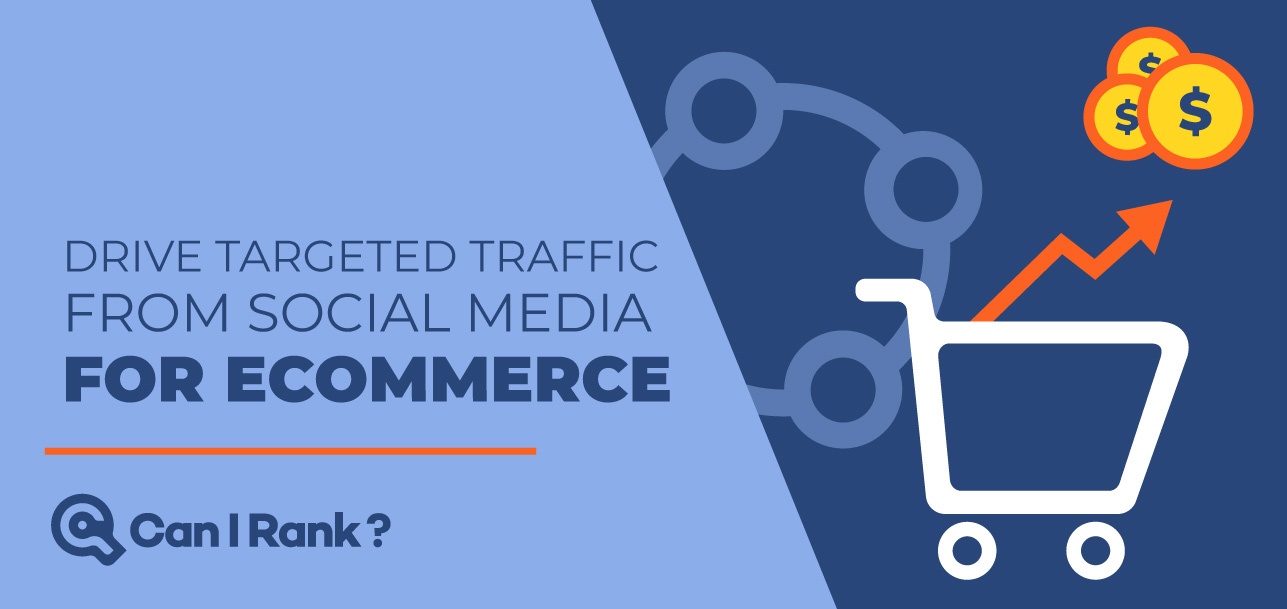Editor’s note: the following is a guest post contributed by Justin McGill, Founder of LeadFuze, B2B lead generation software for outbound sales enablement.
Cold email is an excellent tool to promote your content and your company. While sometimes compared to junk mail or spam, when used correctly, it can be a great way to build relationships and create opportunities.
However, to make the text of that cold email work for you, your recipient needs to open the email in the first place. The number one way that you can do this is through a good subject line, so that’s where we’re going to start.
The subject line of an email is likely the first thing your recipient will see, and upon what they’ll judge your email. They’ll use it to figure out whether or not they want to open the email in the first place.
Whether you’re reaching out for guest post pitches or developing a professional relationship, making that subject line work for you will increase your cold email open rates. Here are a few options to review, as well as a few little other factors to take into consideration.
1. The Simple Approach
Sometimes, just a single word can go a long way, if it’s meaningful. Don’t necessarily go with the name of the employee’s company, or the name of your business, but instead, find a word that’s meaningful to them as an individual and as a brand.
This works best when your cold email outreach is very targeted to a niche group of prospects. For example, if you’re looking to sell or market something that will make their lives easier, use whatever is making their lives harder in the subject line.
They’ll immediately think, “Oh, that program, I hate it!” That intense dislike will drive them to open up your email to see if either (a) you’re offering a solution or (b) you’re offering up more fodder for them to complain about the referenced program, pain point, etc.
2. The Super Personal Approach
This approach is especially useful when trying to get the attention of top influencers. This may take a little bit of research, but it can result in over an 85 percent open rate.
The best results come when you use the name of a person that your recipient knows, saying something such as “I’ve found you through
But how to find these individuals with which you can connect? You don’t have to know their coworker, boss or colleague. All you have to do is use LinkedIn to your advantage, and go after those people that share connects with you.
If, however, you’ve been scouring through LinkedIn and you can’t find any connects in common, you can go another, more personal route. Simply say in the subject line, “I found you on LinkedIn.”
Through cold email marketing and just about anywhere else in the world of business, LinkedIn comes in handy. In fact, more than a third of users log in to the site daily and well over half of all visits to corporate pages from social media sites stem from LinkedIn.
3. The Timed Approach
Yes, a fantastic subject line is vital, and we’ll mention those again, but you also want to consider your timing, which can also increase open rates, though not to a similar degree.
Anyone sending out an important email, from the public relations company sending out a press release, to the clothing brand sending out a sale announcement, considers the timing.
The best time to send cold emails depends on your industry. Are your targets at the office in the wee hours of the morning, checking their emails before starting their days? Or are they more likely to sift through their inbox when they sit down for a desk lunch?
If you’re just starting out, test to discover what your demographic would prefer. Send out cold emails in small batches of a few dozen, and see what works. Keep tabs on them and try posting at different times of the day, to learn which groupings have better success.
If the recipient does not open your email within three hours, it’s not ever going to be opened.
On average, though, open rates are highest in the mornings (before 9 a.m.) and are lowest at night (after 10 p.m.).
Don’t forget! Some of your recipients may be living in different time zones. You’re not going to have a good open or response rate if you’re sending to someone in Australia or Asia when it’s the middle of the night for them.
4. The Soft Approach
Not everyone has their inbox set to show email previews, but most of us do, and so you’ll want to consider this when sending cold emails.
While a good subject line may entice your readers, if the preview text looks spammy or sales-y, you’ve canceled out any benefits. You also want to avoid using the initial first sentences for introduction purposes — these can just take up valuable real estate.
Always take a look at your email previews before you send, so that you know what the recipient will see. Never have company admin text taking up this space that you could use for your benefit — things like social media links.
Also, don’t go straight for the sale in your email. That’s not something you want a prospect to see before they even open the message.
Instead, make it personal, make it soft and make it work. Don’t overwhelm them all at once.
5. The Clean Approach
Of course, sometimes a poor open rate is no one’s fault but your own. You may be writing the best text ever, but if you’re failing to clean out your contact list, you’re essentially shooting yourself in the foot when it comes to open stats.
If you have 100 recipients on a list, and you know that at least 40 of the emails are going to bounce back, your open rate is going to look pathetic. Clean out those emails that you know are defunct or hopeless, and either leave your list be, or add better prospects.
Never leave bad email leads on a list, where they can skew your open rate and make it look like recipients are just ignoring you.
Clean up your list, and you may just find that your open rate isn’t bad at all and that you’re doing everything the right way.
6. The ‘Real Human’ Approach
If you’re sending out cold emails for public relations, to get your blog noticed, or even for sales, your email may appear not from you as an individual, but rather the company for whom you work.
This can mean bad news, as the recipient will simply see your brand name, mentally note that they’ve not done business with you, so it can’t be that important, and then delete the email.
Make sure that your emails are set up to come from you at your name. That’s how you want things to appear in their inbox.
Recipients are more likely to open an email from a real person and, even if they don’t know you, the personalization will pique their interest.
7. The Targeted Approach
Make sure that you’re sending your emails to people who care. If your topic is only slightly interesting to them or doesn’t even really address one of their pain points in the preview text or subject line, you’re less likely to reach them.
If either of these areas includes a reference to your brand, product or anything more than a name, you have to be sure that the content relates to your audience’s needs.
8. The Non-Spammy Approach
If you’re not aware already, certain words in both the subject line and the body of an email will send you straight to the spam box. Even if you do manage to get around these filters, you may still seem spammy to the average reader, and get deleted on the spot.
Whatever you do, avoid sales-y words like “sale,” “free” or “deal.” You want to avoid making your email sound too much like a marketing ploy and make it as personable as possible.
Other things that can send you to the spam box automatically? Lots of photos and links. Avoid them all when possible, as a personal email would not have these in the first place.
If you absolutely must use a link, add UTM parameters, so you can see if your links are being clicked and used.
9. The Mobile Approach
In today’s day and age, most email recipients check their email on the go, via their smartphone. About 74 percent of smartphone owners use their phones for email. Additionally, mobile allows these users to do a little qualifying process in their heads.
If the email seems worthy of their attention, they’ll flag it for further review at a later time, usually from their computer. If it seems illegitimate and useless, they’ll go ahead and delete it from their phone.
This is why it’s extra important to be sure that your emails are optimized for mobile usage, and appear just as clean, concise and personalized on an iPhone as they do on a regular desktop.
Postscript
The Overarching Message?
You can build an audience using cold email. Just make sure they’re something that recipients want to read. Don’t pitch them or offer them “something great,” but by present yourself as a real person, a real industry colleague and someone who wants to develop a professional working relationship.




Great article to increase email open rate. Once your email is opened & got a reply, follow up closely with your prospects. Because “The fortune is in Follow up”.
Good information that how to increase of open cold email rate.
The targeted approach and how it not going to spam are the important things in this article.